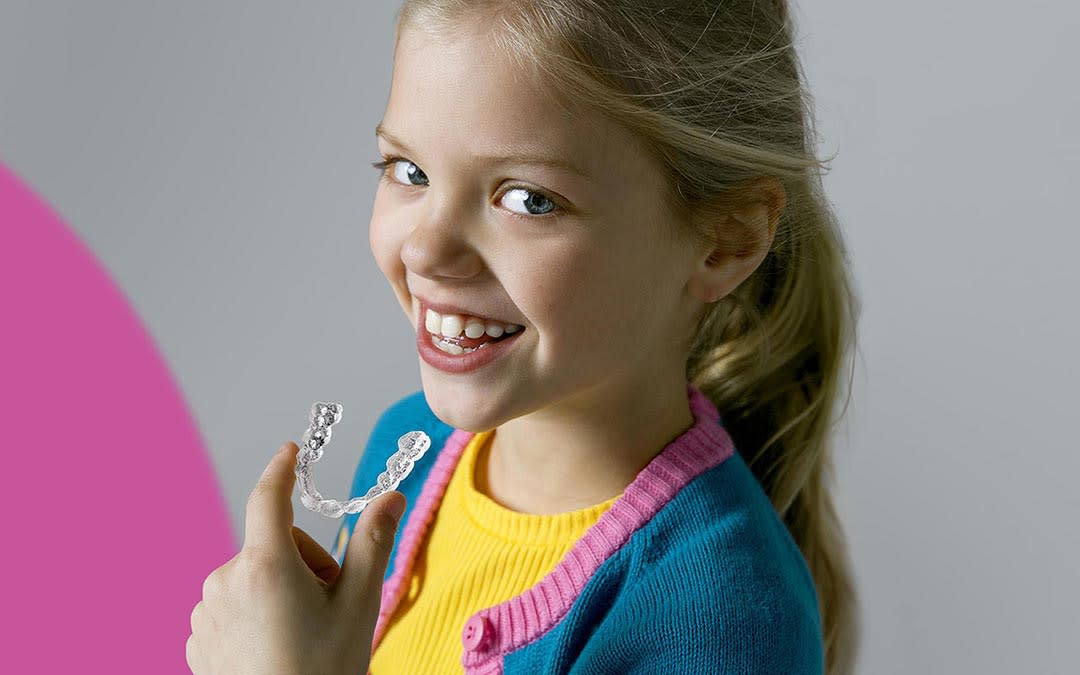As any parent knows, children grow up fast. That means that parents constantly need to find new ways to accommodate their kids’ developing brains and bodies—and that includes their growing smiles!
The American Association of Orthodontists recommends children first see an orthodontist at age 7,1 so the doctor can assess what kind of treatment their little smiles might need to care for their existing baby teeth and to make room for the incoming adult teeth. If your child is around age 6 or 7, you might have heard the terms “Phase 1” and “Phase 2” treatment when researching the best way to care for their smiles.
But what do these terms mean? And how can you ensure your child is getting the proper treatment that’s effective and as comfortable as possible? Well, we’re here to help.
What is Phase 1 treatment?
Phase 1 treatment is orthodontic care for children who are still in the early stages of having mixed dentition, or a mix of baby and adult teeth. This generally occurs between ages 6 to 9.2 The goal of Phase 1 treatment is to develop kids’ jaws and/or rows of teeth (commonly called “arches”) to make room for existing teeth and for incoming permanent teeth.3
Two processes commonly involved in Phase 1 treatment are moving teeth and widening the palate, or the roof of the mouth.





